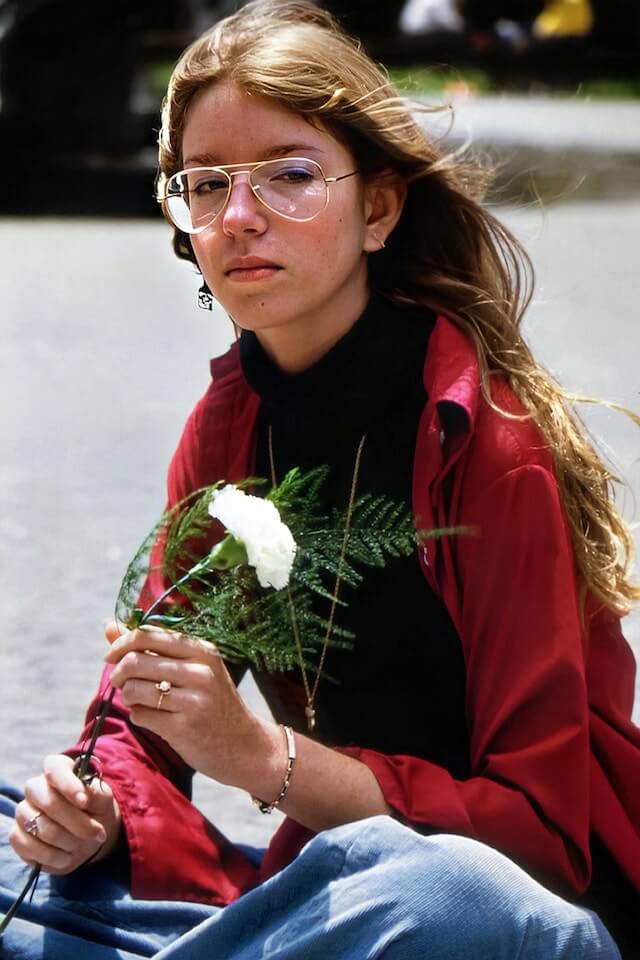
As we look back at fashion through the ages, it’s easy to see how much has changed over the years. From the elaborate gowns of the Victorian era to the mini-skirts of the 1960s, fashion has always been a reflection of the society in which it exists.
One of the earliest periods of fashion history is the Renaissance, when fashion was heavily influenced by the arts. Women’s clothing was ornate and richly decorated with intricate embroidery and lace. Men’s clothing, on the other hand, was characterized by large, poofy sleeves and hose.
Moving forward, the Victorian era was a time of more modest dress for women, with high collars and long skirts. Men’s clothing was quite formal, with tall silk hats and jackets with tails. This was also a time when corsets became popular among women, restricting their movements and causing many health problems.
The 1920s brought about a significant shift in fashion, with women’s clothing becoming more loose and free-flowing. This was the era of the flapper, who wore short dresses and bobbed hair. Men’s clothing also became less formal, with the rise of the “business suit.”
The 1960s were a time of great change in fashion, as well. This was the era of Twiggy and other supermodels, and women’s clothing became even shorter and more daring. The mini-skirt was born, and psychedelic patterns and bright colors were all the rage.
Today’s fashion continues to evolve, with new trends and styles emerging every year. From classic pieces that have stood the test of time to cutting-edge designs that push the boundaries of what we consider “fashionable,” the world of fashion is always exciting and dynamic. Whether you’re a fashionista at heart or simply someone who likes to look good, there’s always something new and exciting to discover in the world of fashion.
Post-war Fashion
Most modern trends in fashion evolved in the postwar era.
The devastation of the war created a need for practical clothing that was suitable for everyday wear, as well as a desire for new fabrics and materials. This led to the invention of synthetic fabrics, such as nylon and polyester, which were durable and easy to care for. The 1950s saw a return to more traditional styles, with women’s clothing emphasizing curves and femininity. The hourglass silhouette was popularized by stars like Marilyn Monroe and Elizabeth Taylor. Men’s clothing continued to be formal, with suits and ties being the standard for business wear.

In the 1970s, fashion became more relaxed and bohemian. This was the era of bell-bottoms, platform shoes, and fringe. Women’s clothing emphasized comfort and ease of movement, with loose-fitting tops and maxi dresses being all the rage. The disco era also brought about dramatic makeup and hairstyles, with Farrah Fawcett’s feathered locks becoming an iconic 70s look.
The 1980s were a time of excess and boldness, with shoulder pads and brightly colored clothing taking center stage. The punk rock movement had a significant influence on fashion, with leather jackets and torn clothing becoming popular. We had great economic prosperity and things were great for everyone. The 90s saw a return to more minimalistic and grunge-inspired styles. Flannel shirts, combat boots, and oversized denim were all popular looks.
Today, fashion continues to be influenced by a variety of factors, including music, film, and social media. Trends that were once considered outdated are now being brought back with a modern twist. Sustainable fashion is also becoming more and more important, with designers creating clothing from recycled materials and using environmentally friendly production methods. As we look to the future, it’s clear that fashion will continue to evolve and adapt to meet the changing needs and desires of society.
Where is Fashion Going?
I think fashion will be going more space age. This can combine elements of minimalism with bright colors and distinct individualism.
The fashion industry is one of the most dynamic and diverse industries in the world, constantly evolving and adapting to new trends and influences. From haute couture to streetwear, there’s a style for every personality and occasion. Fashion has always been a means of self-expression, allowing individuals to showcase their creativity and personality through their clothing choices.
In recent years, the industry has been facing growing calls for more diversity and inclusivity. This has led to a shift in the way fashion is produced and marketed, with designers and brands now embracing models of various ages, races, and sizes. Plus-size models have been making headlines, and the body positivity movement has become a major force in the industry.

Fashion has also been influenced by pop culture, with music, film, and television playing a significant role in shaping trends. Iconic musicians like David Bowie and Madonna have left their mark on fashion, with their bold and daring fashion choices inspiring generations to push the boundaries of what’s considered acceptable.
In the age of social media, fashion has become more accessible than ever before. Consumers can now shop for clothing online, browse social media for inspiration, and even purchase clothing directly from their favorite Instagram influencers. This has led to a democratization of fashion, with style no longer limited to the runways of Paris and Milan.
As the world continues to change and evolve, fashion through the ages will undoubtedly continue to be a reflection of our society. From the futuristic designs of the 1960s to the grunge-inspired looks of the 1990s, fashion has always been a way for individuals to express themselves and make a statement. So what will the fashion of the future look like? Only time will tell. But one thing is for sure: fashion will continue to inspire, challenge, and excite us for years to come.
